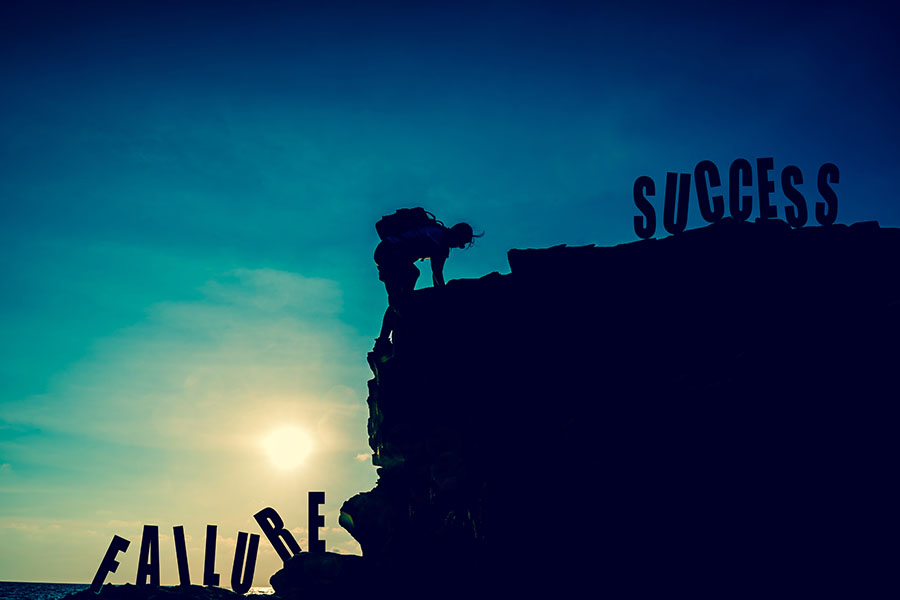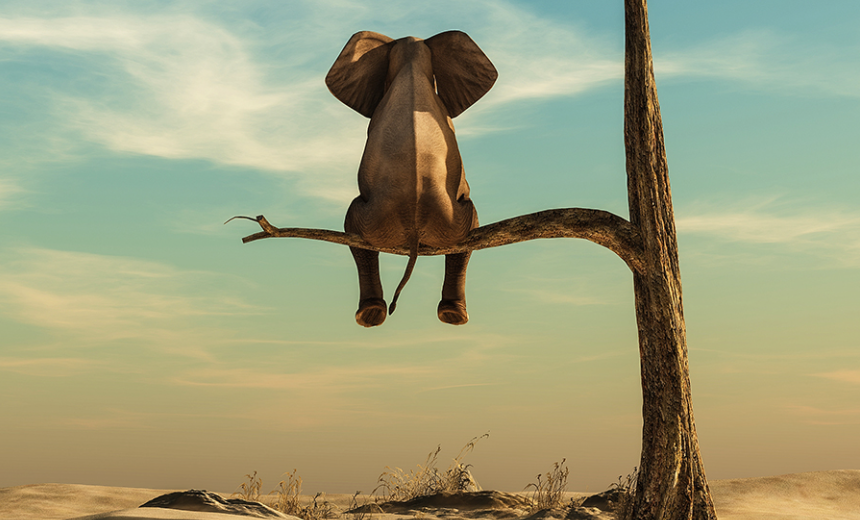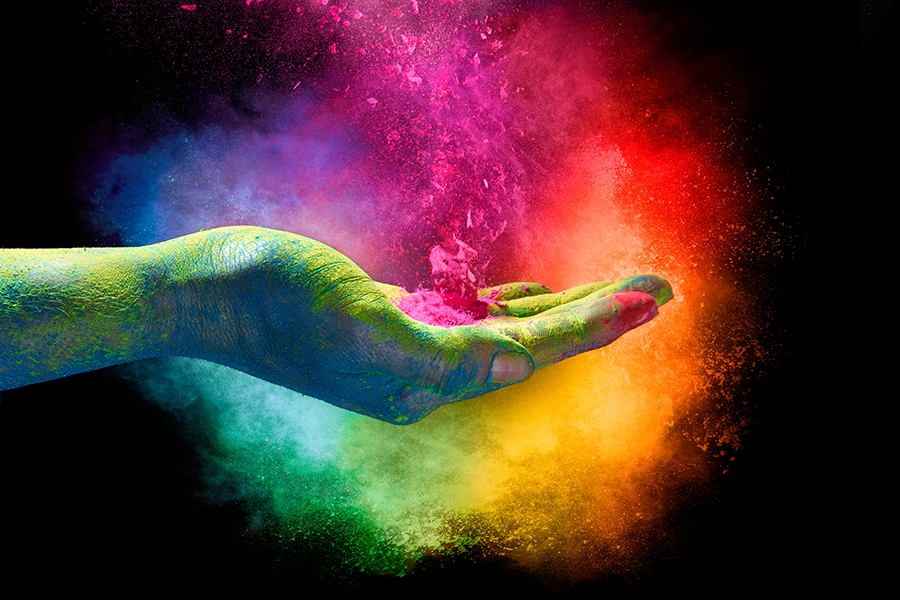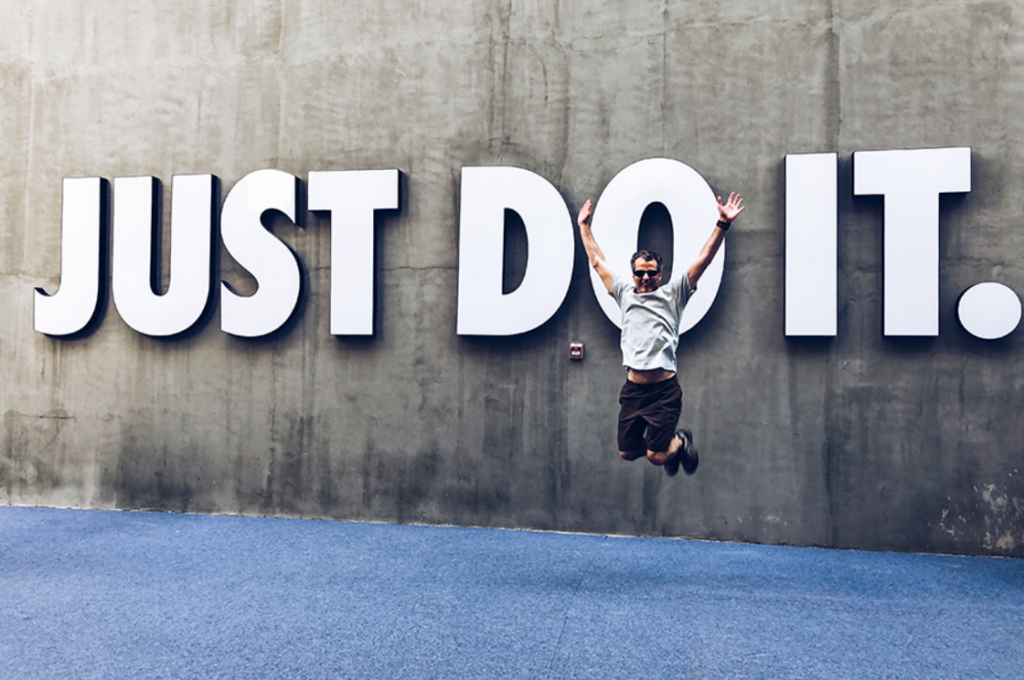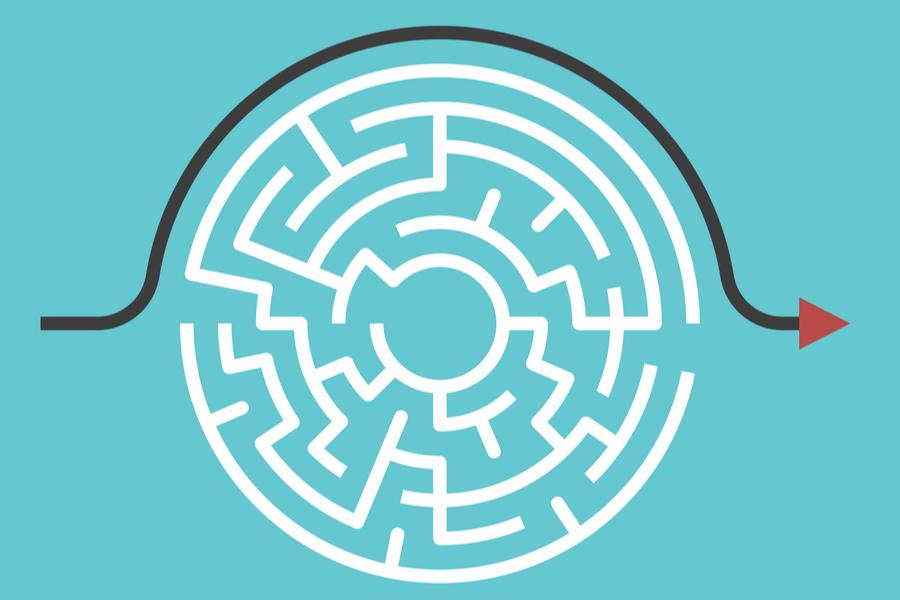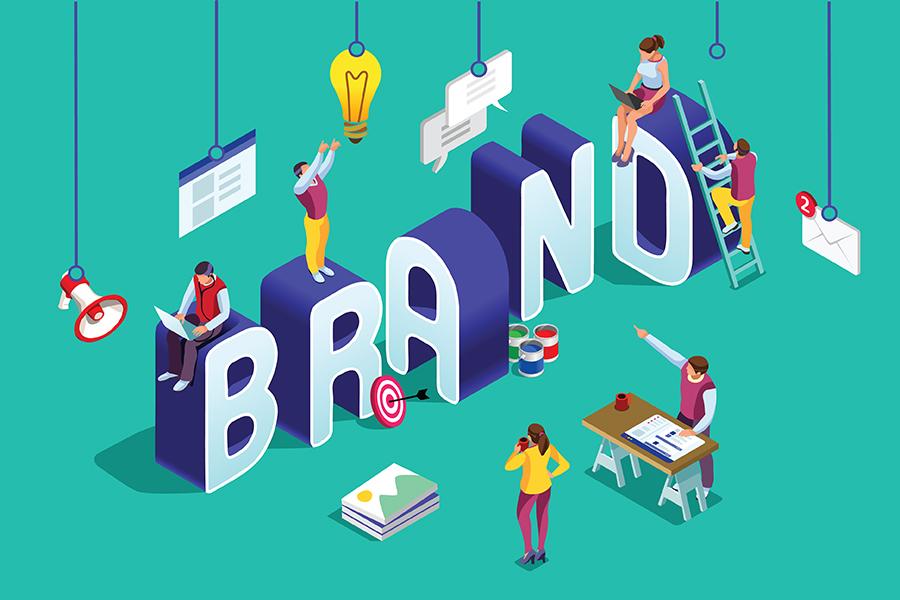Simply Speaking: Aping trends is wannabe. It is not what great brands do
Buck the trend of marginal futility and create something bigger and enduring [siteorigin_widget class=”SiteOrigin_Widget_Image_Widget”][/siteorigin_widget] Apple is the most valuable enterprise on the planet but you could put Apple’s entire product portfolio together on your desk. It has built value through immense focus and brand identity. Each facet of the brand experience inspires people through both tangible and intangible means. Most Apple users feel a part of a community that is elevating for them. Image: Shutterstock “Two roads diverged in a wood, and I—I took the one less travelled by, And that has made all the difference.” Robert Frost Great brands often earn synonymy with their category, pricing power and wide acceptance and deep penetration. But, to my mind, there is another, higher order test. Great brands don’t chase trends. They often ignore them. But they do set trends for lesser, non-strategic brands to follow. Mediocre marketers are avid trend-followers. It is a trap. Great brands are great if they have the stature to challenge trends. The truly great brands build and advance genuine cultural movements. This is not possible till there is true self knowledge and a depth of understanding within marketing ranks. Rarely will careerism weld with a calling. It is possible to buck the trend and take a counterintuitive approach only if you truly understand what your business definition is and explore that scope fully. It means rising above product myopia. Following a trend is taking the easy road and going with the herd. If everyone’s doing it, how wrong can it be? Besides, who wants to expose their company to getting left behind, to being excluded from the next big thing? Being ‘on trend’ is likely to be the simplest and most direct way for any business to raise short-term revenue. The seductive logic is that riding a wave of a fashionable trend will make people notice a brand and talk about it. Reebok rode the aerobics dance trend through the early 1980s and launched a first exercise shoe designed for women. The hit status of that product led to Reebok’s $68 million IPO, one of the most successful public offerings made in 1985. But one swallow does not a summer make. ‘Sameness’ is the kiss of death. When you set the trend benchmark you are a “more or less” copycat. Your brand logic becomes “I am the same as X but cheaper” or “I am same as Y but (amplify benefit claim)”. This “same but different” position is a dangerous place to be. Not only does it relegate your brand to subordinate status compared to the brand used as your reference point, but it also tells customers that your brand possesses only comparative value, rather than having its own inherent value. Your value proposition becomes “just as good as Brand X.” Also read: Simply Speaking: From Nike and Adidas to LV and Balenciaga — sportswear and its ascent into high fashion Instead of copying trends, brands must do things that highlight the uniqueness of their brand and customer experience. Rather than mindlessly jumping on the trend juggernaut, a brand must be managed to develop long-term relationships with customers. The brand equity that isn’t ownable is ephemeral. Aping trends is wannabe. It is not what great brands do. True innovation is risky. Its proof of success must be publicised and commercialised. Segway was much celebrated at its debut, but it could not ‘land and expand’ on the basis of sheer utility. Trend riding is easier but there is a lack of context and “copy all” execution of a strategy. Trends come and go quickly. Related products and personalities may become popular overnight but lack the majesty of originality. Plus given the super saturation that is the norm now, the collective consciousness drops the trendy shiny objects as fast as they adopt them. A rapid life cycle can wreak havoc on efforts to build a sustainable brand image. Coco Chanel said “style is forever”. A brand must build products and services that are consistent with their internal culture. When Hot Topic opened its first store in 1987, its edgy styles were a hit among teens bored with preppy Tommy Hilfiger and similar conservative brands. But then as the punk look faded from popularity in the early 90s, so did Hot Topic’s performance. Liquid Death as a brand is elevating canned sparkling water to a lifestyle statement. It sends you your horoscope as an engagement gratification and its stated motto is to ‘murder your thirst’. Well, it is a distinctive if not exactly distinguished approach. Also read: Simply Speaking: Emotion as a marketing lever—you can’t wish it to happen Brands must originate with authenticity and a full injection of personality. A culture of novelty seeking kills true innovation. If you’re seeking inspiration by drawing on the same narrow range of artifacts as everyone else, you’re going to end up with products and solutions that everyone else already has. The results will be marginal, and the status quo will prevail. Tall brands must stand out. A distinctive brand makes deliberate hardworking choices. Great brands, in fact, challenge established trends. In 1993, Steve Ells, a trained chef and graduate of the Culinary Institute of America, came to Boulder, Colorado—and opened the first in a chain of Chipotle Mexican Grills. Its food was produced fast and inexpensively, but the quality and the flavour weren’t compromised in the way that typical fast food fare is. There are now more than 3000 Chipotle locations across America within 30 years of birth. It employs more than 100,000 people. Chipotle created “fast casual,” which offers a more upscale dining environment and food quality, along with higher prices, but in the familiar, convenient limited-service format of fast food. An interesting fact is that much of Chipotle’s early growth had been financed by a large investment from McDonald’s Corporation, but it never succumbed to taking a prescription. Also read: Simply Speaking: A brand mosaic and the little things that make it The TED conference was a much
Simply Speaking: Aping trends is wannabe. It is not what great brands do Read More »


